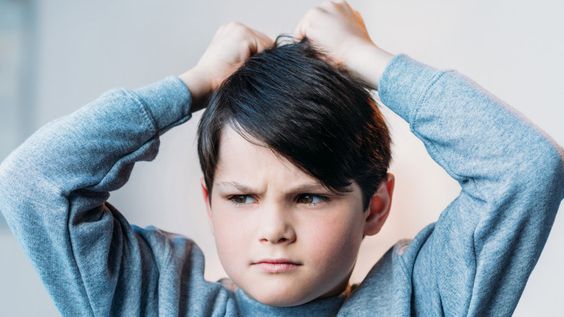Introduction
Cradle cap, also known as infantile seborrheic dermatitis, is a common skin condition that affects infants. It is characterized by yellowish, greasy, scaly patches on the scalp. While it can look alarming, cradle cap is harmless and typically clears up on its own within a few weeks or months.

Cradle cap is not contagious and is not caused by poor hygiene. The exact cause is unknown, but it is thought to be related to hormones passed from the mother to the baby before birth, as well as an overproduction of oil (sebum) in the skin and hair follicles.
Symptoms of Cradle Cap
The most common symptom of cradle cap is the appearance of thick, crusty, yellow or brown scales on the baby's scalp. These scales may also appear on the forehead, eyebrows, ears, and creases of the nose. In some cases, the affected areas may be slightly red or itchy.
Treatment for Cradle Cap
Cradle cap often goes away on its own. In the meantime, there are several things you can do to help manage the symptoms:
- Gently wash your baby's hair daily with a mild baby shampoo.
- Use a soft brush to loosen and remove the scales. Do this after shampooing, when the scales are softened.
- Apply a small amount of baby oil or mineral oil to the affected areas. Leave it on for a few minutes to help soften the scales, then wash it off with shampoo.
If home treatment doesn't work or the cradle cap is severe, your pediatrician may recommend a medicated shampoo or cream.





